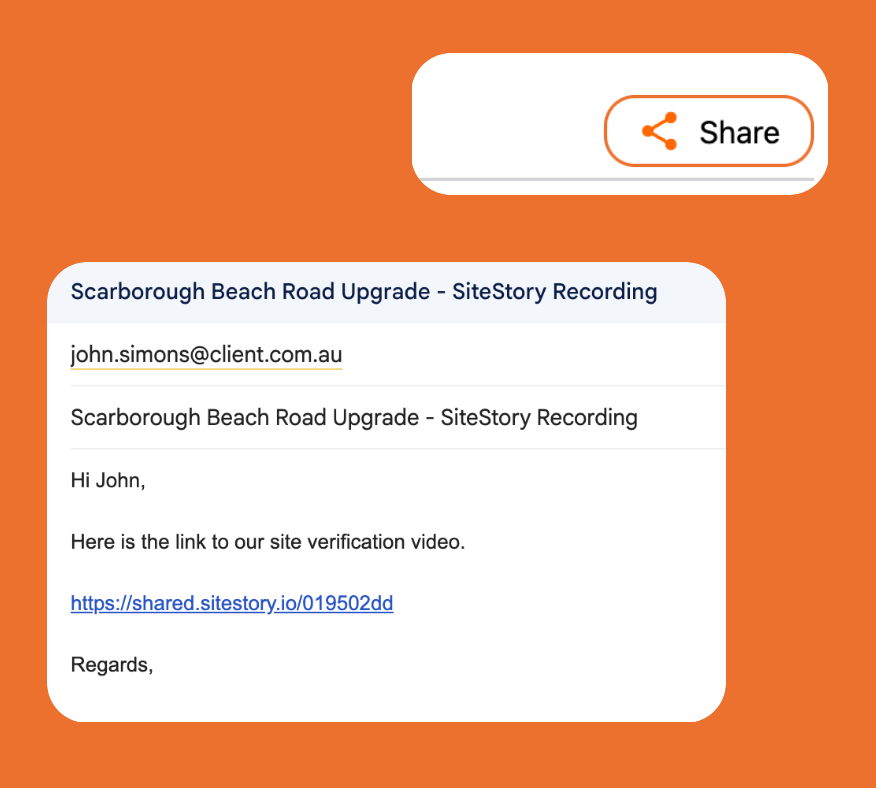Why Video Evidence is Becoming the New Standard in Site Compliance
In today’s fast-paced construction and traffic management environments, compliance is no longer just about ticking a box — it’s about proving you did the right thing, the right way, at the right time. That’s why more and more companies are turning to video evidence as their go-to method for site verification. And it’s not hard to see why.
Proof You Can See (and Trust)
Written reports, checklists, and signed-off documentation are still essential. But they can also be subjective. A report might say the signage was set up correctly, but a video shows it was. With high-quality video footage, there’s no ambiguity. You see what the site looked like, if signage was set up correctly, how traffic was being managed, and whether the Traffic Management Plan (TMP) and Traffic Guidance Scheme (TGS) were followed to the letter.
That matters. Because whether it’s a surprise audit, a public complaint, or an incident review, you want to be confident that your side of the story isn’t just words on a page — it’s something people can see.
Why the Industry is Shifting
The shift to video compliance isn’t just a nice-to-have. It’s being driven by several key factors:
Increased scrutiny: Road authorities, councils, utility and construction companies are holding contractors to higher standards.
More complaints: It only takes one photo posted online or a call to council to trigger a formal review.
Legal protection: Video provides timestamped, geo-tagged evidence that can protect you in the case of disputes or litigation.
Digital transformation: As traffic management becomes more data-driven, video verification is a natural evolution.
Real-World Peace of Mind
Imagine getting a call from a client saying a resident has lodged a complaint about traffic conditions around your worksite. Instead of scrambling, you pull up the video from that morning. You review it, confirm everything was compliant, and share a link with the client within minutes. Situation handled. Confidence restored.
That’s the power of visual evidence.
Looking Ahead
As regulations evolve and expectations rise, the ability to show — not just tell — will become standard practice. Companies that embrace this now are setting themselves up for smoother audits, stronger client relationships, and a competitive edge.
Because at the end of the day, seeing is believing.

